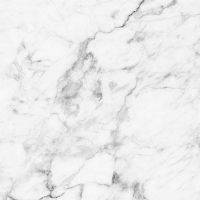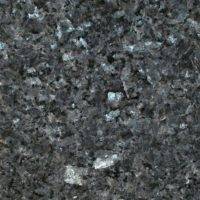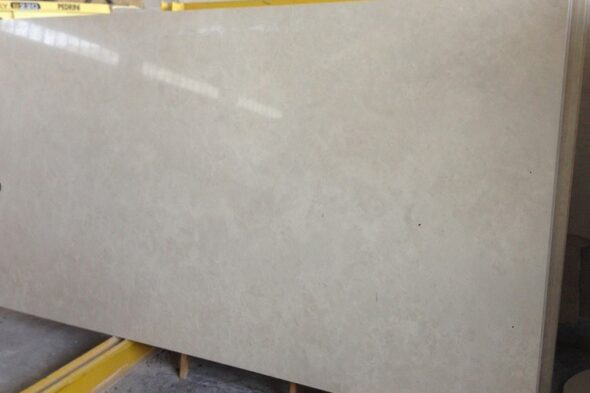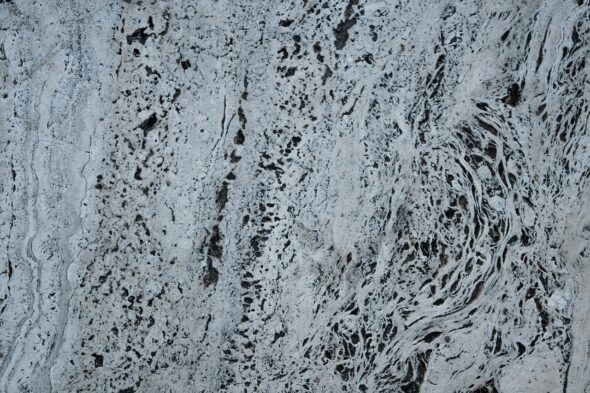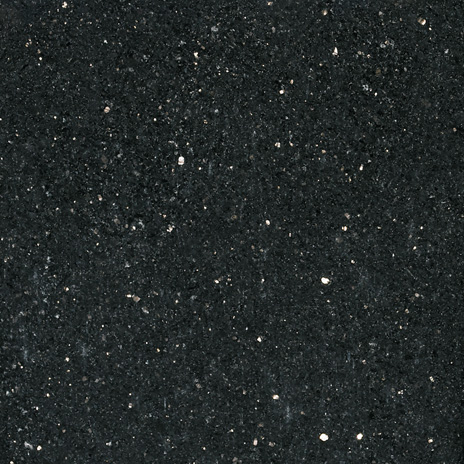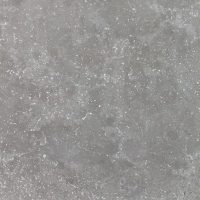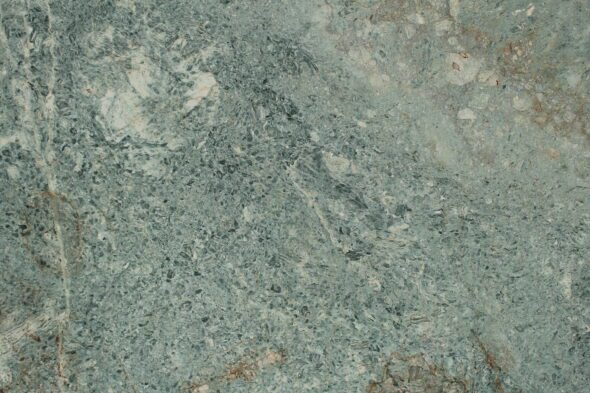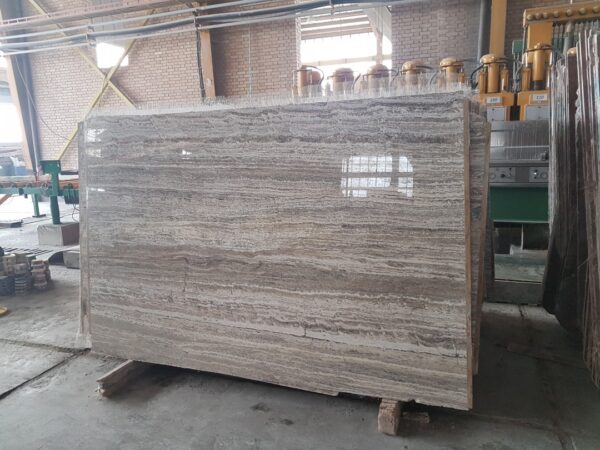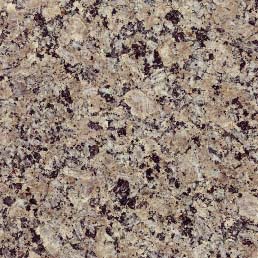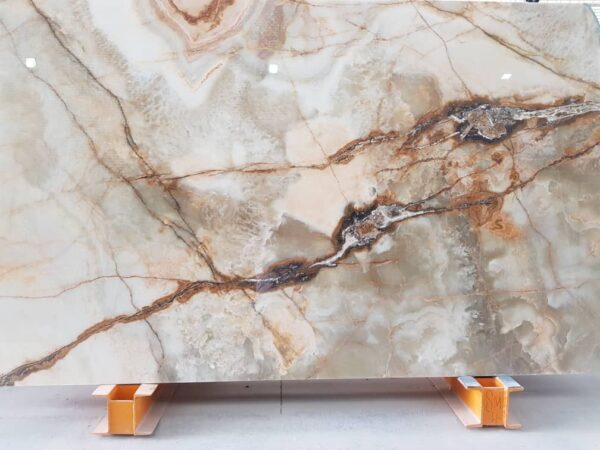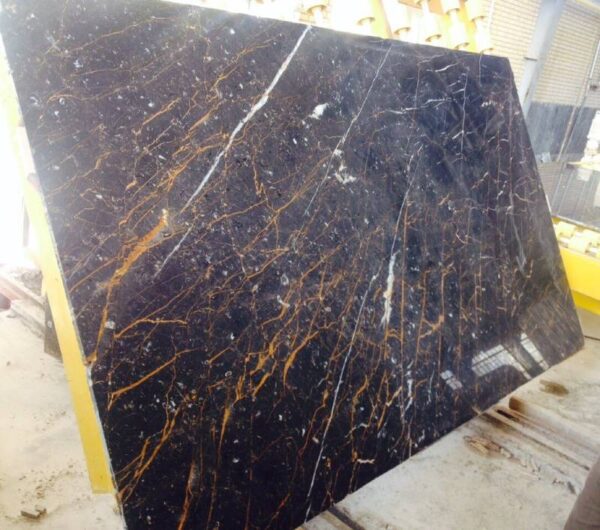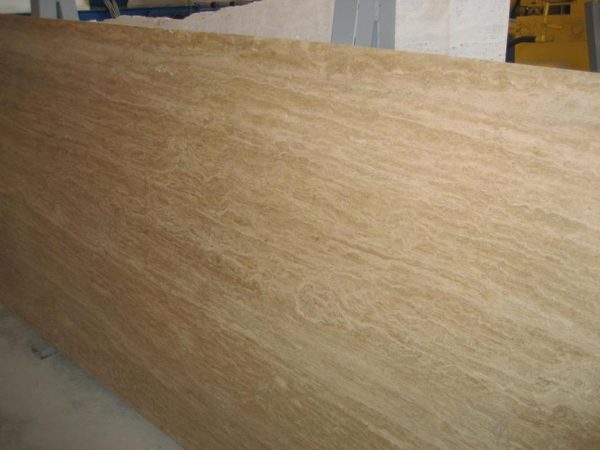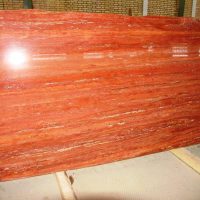Ideal Choices for Humid Environments
In areas with high humidity or constant moisture, selecting the right materials for construction and landscaping is crucial. Stones that are resistant to moisture-related issues such as mold, mildew, and degradation are perfect for these conditions. Natural stones offer durability, elegance, and resistance to moisture, making them a top choice for moist weather. This article highlights the best stones for humid environments and why they are ideal for areas with high moisture levels.
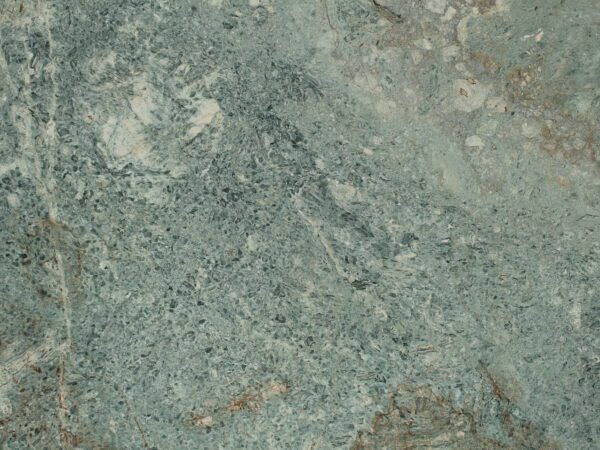

1. Granite: The Ultimate Moisture-Resistant Stone
Granite is widely known for its strength and resistance to moisture, making it one of the best choices for environments with high humidity. This dense stone is non-porous, meaning it doesn’t absorb water, which helps prevent mold, mildew, and staining. Its natural resistance to moisture makes it ideal for both indoor and outdoor applications, including countertops, floors, and facades. Granite also requires minimal maintenance, making it a practical option for humid climates.
Why Granite is Perfect for Moist Weather:
- Non-porous and highly resistant to moisture.
- Does not harbor mold or mildew, keeping surfaces clean and safe.
- Durable and easy to maintain, making it a long-lasting solution for humid climates.
Popular Granite Varieties:
- Black Granite
- White Granite
- Blue Pearl Granite
2. Limestone: Moisture-Resistant and Elegant
Limestone is another excellent option for areas with high humidity. This natural stone is known for its ability to absorb moisture and regulate temperature, which makes it ideal for humid environments. While it is more porous than granite, when properly sealed, it becomes highly resistant to moisture. Limestone is commonly used in outdoor landscaping, flooring, and facades. Its light, neutral tones and natural textures blend well with both modern and traditional designs.
Why Limestone Works Well in Humid Climates:
- When sealed, limestone becomes resistant to moisture absorption.
- Natural ability to regulate moisture and temperature.
- Soft tones and textures that enhance the aesthetic value of any space.
Popular Limestone Varieties:
- French Beige Limestone
- Indiana Limestone
- Turkish Limestone
3. Slate: Water-Resistant and Durable
Slate is a highly durable stone known for its water-resistant properties. Its dense, non-porous structure makes it an ideal material for areas with constant moisture. Slate is frequently used for flooring, roofing, and wall cladding in humid regions. The stone’s ability to resist water absorption ensures that it won’t swell or crack over time, even in wet conditions. Slate also has a natural resistance to mold and mildew, making it a low-maintenance option for moist environments.
Why Slate is Ideal for Humid Weather:
- Water-resistant and does not absorb moisture, ensuring long-lasting performance.
- Resistant to mold and mildew, making it easy to maintain.
- Available in a variety of colors and finishes to complement various design styles.
Popular Slate Varieties:
- Vermont Slate
- Welsh Slate
- Indian Black Slate
4. Travertine: Moisture-Tolerant and Versatile
Travertine is a beautiful, versatile stone that works well in humid environments due to its moisture resistance. Often used in flooring, countertops, and outdoor areas, travertine’s porous texture allows it to absorb moisture without breaking down or losing its aesthetic appeal. When properly sealed, travertine offers excellent protection against water-related issues like staining and mildew. Its warm, earthy tones also make it an attractive option for humid climates where natural beauty is desired.
Why Travertine is Great for Moist Environments:
- Absorbs moisture without deteriorating, ideal for humid climates.
- When sealed, it becomes highly resistant to water-related damage.
- Aesthetic versatility with a range of colors and textures to match various designs.
Popular Travertine Varieties:
- Noce Travertine
- Ivory Travertine
- Classic Travertine
5. Marble: Elegant and Moisture-Resistant with Proper Care
Marble is known for its luxurious appearance and natural resistance to moisture, making it a great option for humid environments. While it is slightly more porous than granite, when properly sealed, marble offers excellent resistance to water and moisture. Marble is commonly used in bathrooms, kitchens, and other areas prone to moisture. Its classic elegance and timeless appeal also make it a preferred choice for both residential and commercial designs in humid climates.
Why Marble is Ideal for Humid Weather:
- When sealed, marble becomes resistant to water absorption.
- Offers a luxurious and elegant look that suits a variety of designs.
- Natural stone that stays cool and resistant to moisture when maintained properly.
Popular Marble Varieties:
- Carrara Marble
- Calacatta Marble
- Emperador Marble

